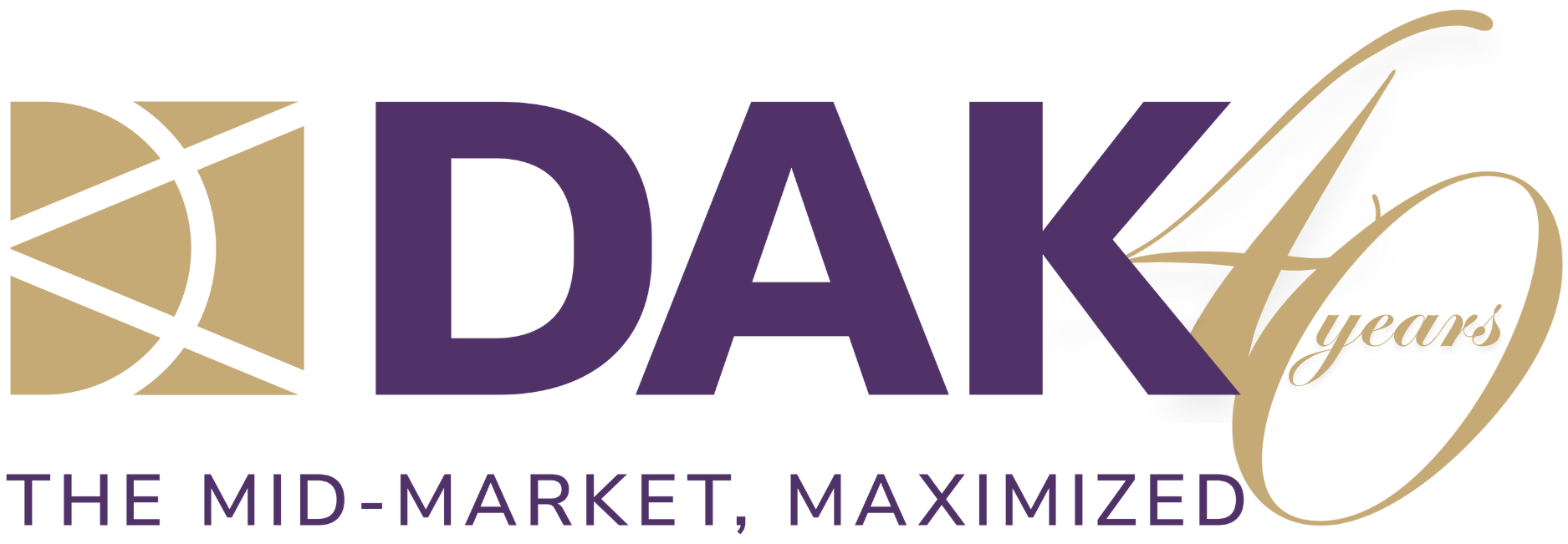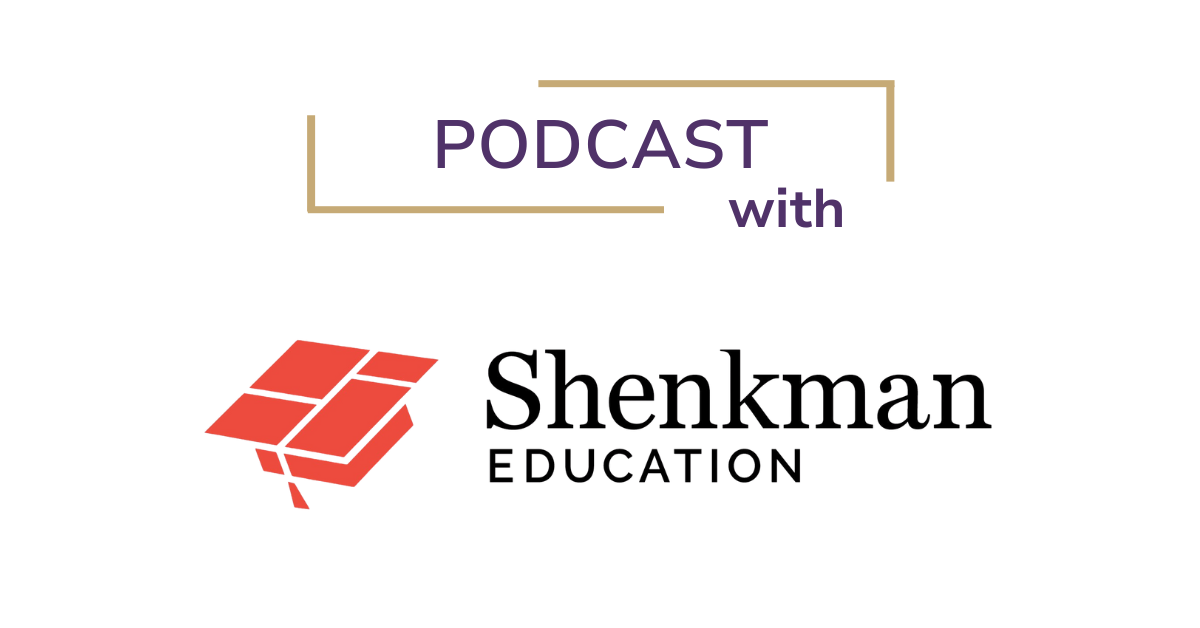For Commerce Magazine’s Annual Best Practices Guide, we asked CEOs to address the following question: “How do you empower your employees so they can become sales leaders, innovators, rainmakers brand ambassadors and effective team players?” It’s an important topic with valuable lessons learned, proven success stories and
measurable benchmarks that con be optimized with time, attention and detail-oriented business strategies.Measuring success so it can be repeated, giving employees knowledge to serve clients with care and offering training to create a path to continuous improvement were key to many of these plans of attack. It is clear that the best companies are built brick by brick with a firm hand on the wheel – success is a process and a product of careful planning, not a game of random chance. The CEOs featured in this special section are architects of their firm’s achievements, investing in employees with an eye on the present and a vision for the future.
Here are this year’s best practices which represent award-winning CEO strategies that enable, empower and energize successful teams the lesson learned is that reaching new heights in sales and customer satisfaction requires a company-wide commitment to executional excellence, mentoring and investment in employees at all levels.
Financial Services: DAK
Alan Scharfstein’s Best Practices:
We start by hiring the very best people in their respective fields – individuals with proven track records and deep expertise – and those who fit our culture of teamwork and a total client-centric focus.
We then provide an infrastructure and a series of tools they can use to leverage their core skills. Our leadership teams allow individuals to learn from other team members and utilize that knowledge to improve their individual and company performance. We believe that the key to productive, motivated and excited employees is to empower individuals to keep moving forward on their career path, continually challenge them to add new skills and encourage them to try new and innovative approaches to problem solving.
Executives are expected to author thought leadership pieces and make presentations that will challenge the thinking of both clients and fellow team members and display often non-traditional approaches to business issues. Once this content is created, we proactively share the knowledge with a broader audience.
Please see original publication in Commerce Magazine for all the best practices of other CEOs.





